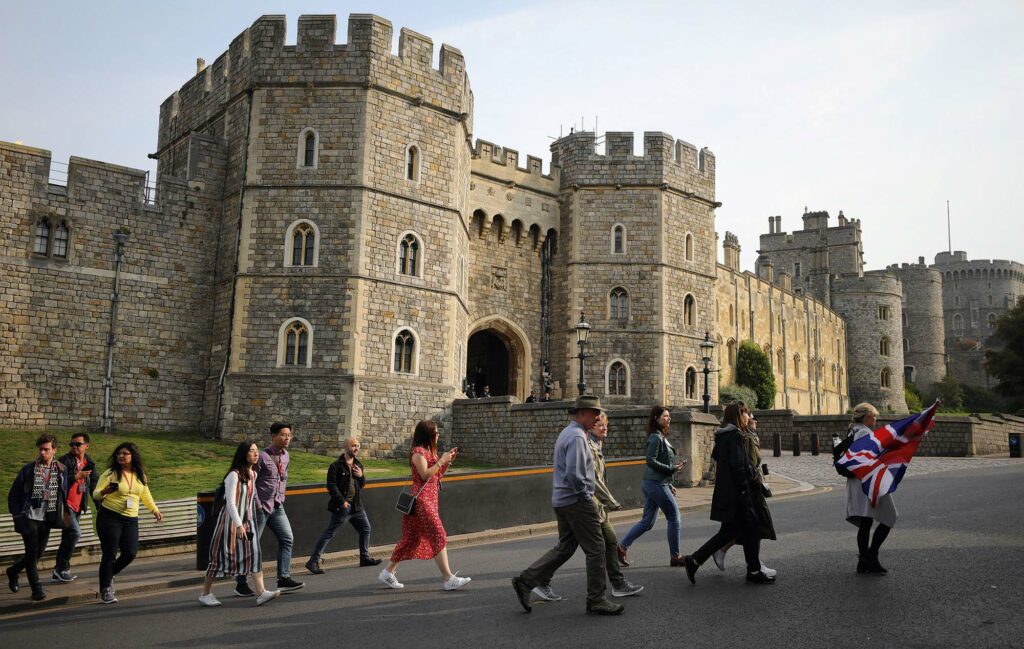
DR MARC MORRIS ON THE APPEAL OF CASTLES TODAY
“There is no more direct connection to the lost world of the Middle Ages than a visit to a castle”

MEET THE EXPERT
DR MARC MORRIS is the author of several critically acclaimed books on medieval history, including Castle: A History of the Buildings that Shaped Medieval Britain (Windmill, 2012). To hear him discuss British castles on the HistoryExtra podcast, scan the QR code shown above or visit historyextra.com/podcast
Why are castles so enduringly popular? What attracts people of all ages to visit them in such large numbers?
The fundamental reason, I think, is because castles function as both fortresses and homes. This makes them unlike the buildings that came before and after. A Roman fort might excite military history enthusiasts; a stately home might delight devotees of Georgian or Victorian decor. Only a castle, however, combines the defensive and the domestic on a single site.
Their dual purpose means that castles had to be ingenious, which is another reason for their appeal. Outside, they present a range of devices to thwart unwelcome visitors: drawbridges, portcullises, machicolations and murder-holes. Inside, they have elaborate suites of rooms: chambers, halls, kitchens and chapels, all cleverly connected by staircases and passageways. Their external walls must be thick and strong, but the interior rooms must be well-lit and luxurious. Every castle represents a cunningly contrived solution to this complicated architectural balancing act.
Castles are also romantic. Not just because, in some cases, they have fallen into ivycovered ruin, but because they were originally constructed to delight royal and aristocratic patrons, raised on a diet of Arthurian literature. If they seemed picturesque to 18thcentury painters, it was because they were designed that way in the first place. Harlech Castle, grafted onto a rocky eminence, high above the sea, once gleamed in the distance, its walls covered in whitewash. Bodiam Castle, surrounded by its mirror of a moat, still looks like something out of fairy tale. These buildings were always intended to stir the emotions of those who beheld them.
Lastly, castles appeal to us because they act as portals to the past. To walk through their gatehouses and into their courtyards is to enter the lived environment of some of the most famous characters in history. At Dover you can stand in a room where Henry II slept; at Hever a hall where Anne Boleyn would have dined. By exploring these buildings, we gain a greater understanding of the lives (and sometimes the deaths) of their owners. You can read about the imperial ambition of Edward I, but you cannot fully appreciate it until you have seen the giant fortress-palace he constructed at Caernarfon.
And, of course, castles illuminate not just the lives of their owners, but those of the vast penumbra of people who made up medieval and early modern households – the cooks, clerks, stewards, squires, chamberlains, ushers, huntsmen, skivvies and stable-lads. We can imagine the trepidation of those brought into the castle to stand trial, and perhaps led out again to a place of execution. We can walk the walls and be thankful that we will not have to defend or assault them like the unfortunate soldiery of previous centuries. There is no more direct connection to the lost world of the Middle Ages than a visit to castle.